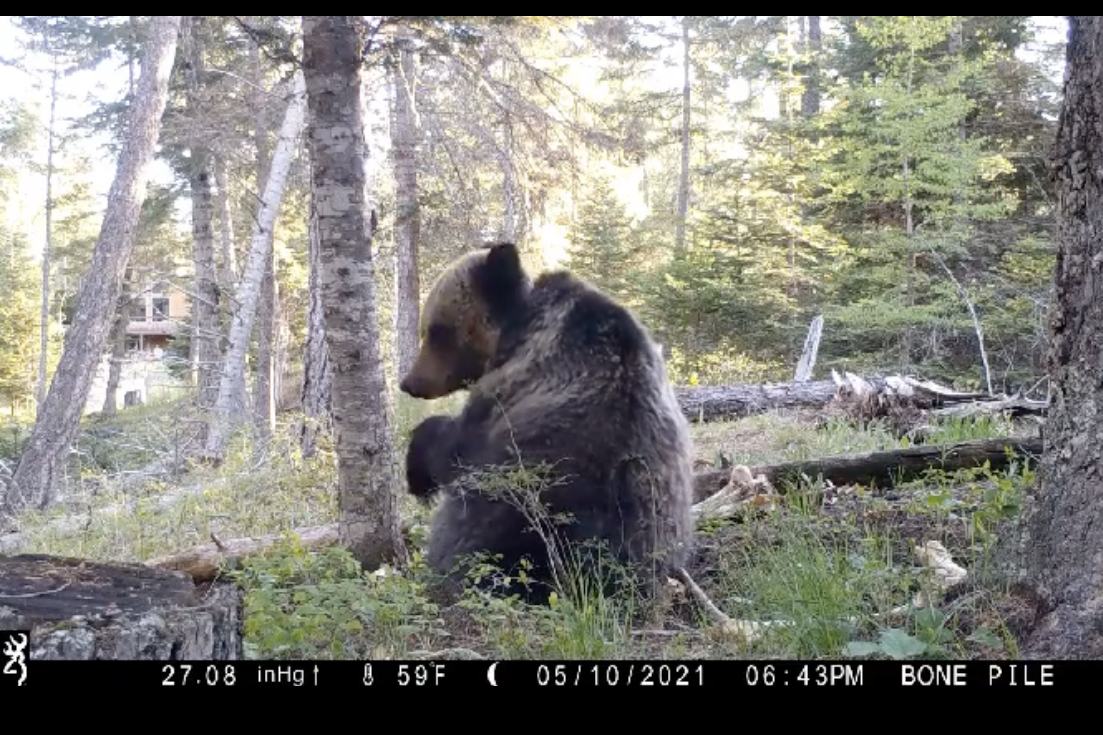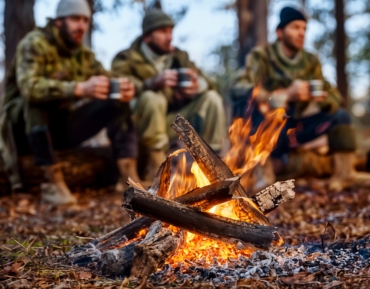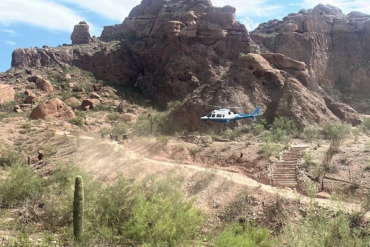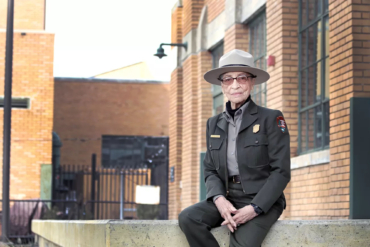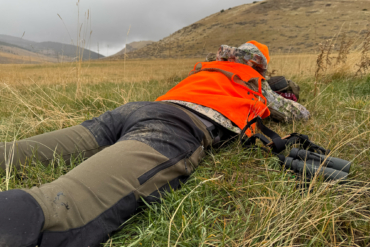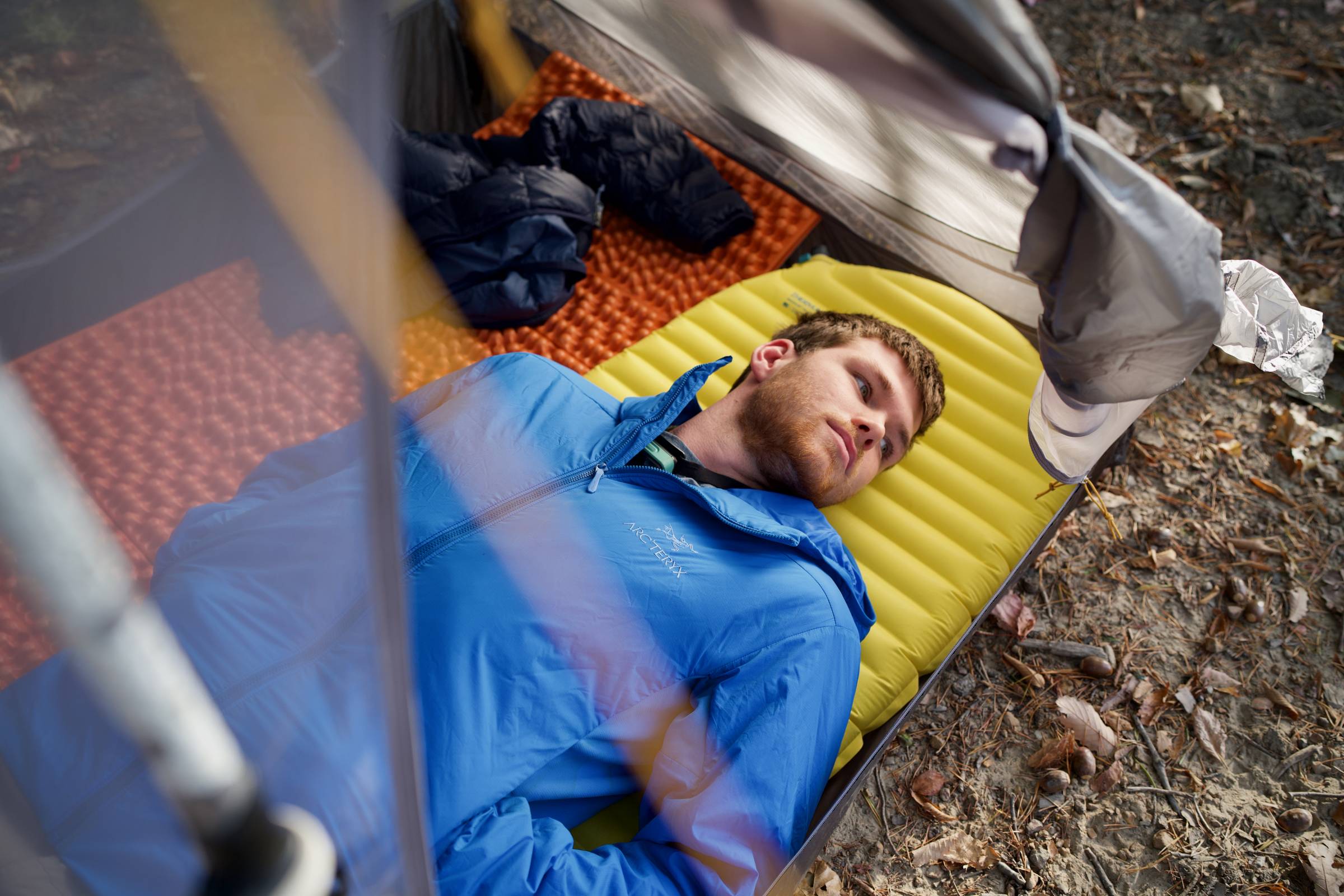That is, if they live nearby. D.J. Rankosky’s trail cam videos boast some of the biggest, baddest, and funniest creatures in the lower 48. He dishes on what makes or breaks stellar wildlife videos in the woods.
Trail cameras open a door to a sense of wildness that humans rarely see firsthand. And amateur camera trapper D.J. Rankosky’s videos of wildlife in northwestern Montana shed light on the very primal and wooly world of some of the biggest predators in the United States.
With more than 15 years of camera trapping under his belt, Rankosky shared his thoughts on how to choose trail cameras and find the best setup to catch wildlife in action. He also talked about what it’s like to live with some of the most charismatic megafaunas in the United States.
Plus, he shared how hunting and trail cameras do and don’t intertwine. But, if nothing else, his videos alone are incredible!
Choose the Right Trail Camera
View this post on Instagram
Rankosky has been “camera trapping” wildlife since the mid-2000s, and his experiences with cameras have greatly improved over the years.
“I built my own setups initially using point-and-shoot cameras. The pictures turned out great, and I got addicted to it,” Rankosky said. “That was back in 2006 or 2007. Once the commercial cams got smaller and the picture quality got better, I bought them instead.”
Currently, Rankosky runs Browning trail cameras. He uses the Strike Force cameras for situations that need more maneuverability or better angles.
“The Strike Force cameras are smaller, and they have a little bracket that makes it easy to attach to a tree,” he added. “I pack Lone Wolf climbing sticks and set some of my cameras up about 12 feet high. With the Strike Force, you can lash it to the tree and then angle it down for filming.”
Black flash cameras have also changed his approach to photographing animals. He runs Browning’s Spec Ops cameras to keep from spooking wolves, coyotes, and other critters away as well as to mitigate stressing them in their natural habitat.
Better Woodsmanship, Better Videos
View this post on Instagram
Although some trail cam trappers use bait to draw animals in, Rankosky simply knows his patch of the planet near Kalispell, Montana, really well. He keeps cameras within view of his home and keeps them spread out across the public land adjacent.
He lives, recreates, and hunts the same area year in and year out. By trial and error, over the span of more than 15 years, he’s found spots that wildlife frequent, and many spots that seemed promising but didn’t produce.
“Folks think I bait for camera spots, but I don’t. Occasionally, I’ll put cameras on the carcasses of animals I find, but my camera spots are there from recreating and hunting about 10 miles as a crow flies on this face of where I’m at,” he said.
“And it’s just repetition of knowing this place. There’s been a lot of trial and error, but when I find a good spot, I leave [the cameras] up 24/7, 365.”
Rankosky is also an advocate for keeping trail cameras legal, and he’s pushed back against many of the naysayers when it comes to using trail cameras as an edge for hunting. Although Rankosky is a hunter, he hasn’t found trail cameras to be a boon when it comes to patterning animals or targeting any specific individual. If anything, he’s found that the opposite is true.
“The arguments against trail cameras are usually from people who don’t use them. Folks think you can just go put a camera on a tree and you’ll get a trophy animal, but that’s not the case,” he explained.
“And really, it just makes you a better woodsman to use cameras. It makes you look at stuff and see what’s there. I put cameras in places that I thought would hold animals, and nothing came by. You find stuff sometimes, but a lot of times it turns out to be nothing.”
His experience as a hunter bears out an understanding that is more experiential than camera-focused.
“Over the years, I’ve killed 10 bull elk in a 200-yard radius in one particular spot. I’m going to hunt that area whether I have a camera there or not,” he added. “Hunting is still hunting, and I view it as hiking with a gun more than anything else.”
Life Among Grizzlies, Black Bears, Wolves, Lions, & More
View this post on Instagram
With piles of grizzlies, lions, and moose right out his back door, Rankosky keeps a light view of these creatures.
“Anytime, anywhere, any place, I respect the fact that these animals are there,” he said. “You learn to respect them rather than fear them.”
Although many folks reach out about grizzly encounters, it’s the mountain lions that have put him in the most danger. He’s killed two in self-defense situations on the ground, one of which he recounted as a very angry animal.
“The lion I killed with my bow was just angry,” he recalled. “I looked to see if she had cubs or a kill nearby, and nothing turned up. It was just a bad encounter with a dangerous animal.”
The other lion stalked in right behind him while he was calling deer. That time, he had his rifle. Each was legally killed with a tag, but each could also have ended up differently.
As far as self-protection goes, Rankosky carries a 10mm pistol in addition to bear spray whenever he traverses the woods. He uses a Razco Bino Harness Chest Holster ($130) for his pistol in conjunction with an FHF Gear Bino Harness ($110).
“I’ve only been charged by one grizzly,” he said. “I didn’t have to spray her, though. She just stopped short of me and ran back to her cub. And I actually ran into a grizzly bear packing in my sticks to a camera spot. It was about 7 yards away, and it could have gone either way. But it just ran away. Most of the time, that’s what happens.”
Safety & Other Issues
View this post on Instagram
One of the stranger videos on Rankosky’s timeline contains a young woman, carrying a horse skull, with a grocery bag around her arm.
“It turned out that she was just a harmless 19-year-old girl visiting her grandmother who lives a few properties over,” Rankosky explained.
It appears that she’s not carrying bear spray, and Rankosky touts this as a big issue as more folks are moving into predator-inhabited ecosystems.
“All these people are moving here, and none of them carry bear spray,” he warns. “You should carry bear spray. And dogs won’t scare bears away. If an unleashed dog is making a big loop around you, they’re more likely to bring a charging mama bear right into your lap.”
In northwestern Montana in particular, a lifetime monitoring the woods is showing the increasing density of predators. He’s currently catching grizzly bears at a 2-to-1 rate on his cameras over black bears. And although elk and deer used to be frequenters, it’s nearing a rarity these days.
Rankosky shares pertinent information from his cameras with local biologists. And, as a local hunter, he’s concerned with the number of predators he’s catching on his cameras.
“You can kick a pile of scat and find tiny hooves in it. The local biologist told me eight calves per 100 cow elk are [surviving their first year],” he added.
“There was a herd of 132 elk that used to come through my property. Now, it’s 12. I’ve had a camera on the same trail since 2007, 24/7, 365. And I’d get 70 pics a week from elk. I get some elk on the cam, but nowhere near that these days.”
A Final Note for Would-Be Camera Trappers
View this post on Instagram
Rankosky’s advice for folks who want to set up a camera in the woods? All signs point to go, especially if you’re trying to keep kids interested in the outdoors.
“Do it; it’s the best way to get kids involved in the woods, bar none,” he said. “Years ago, I’d pack my kids on my shoulders to go check cams. And I can still take my kids out and show them there’s something here. Especially here, where game numbers are really low, it’s hard to keep kids interested.”
Even if you live in an urban or suburban neighborhood, you might be surprised at what you can catch on a trail camera. Whether it’s a black bear, a giant grizz, or the neighbor’s grandkids, Rankosky leaves us with one thought that sticks:
“It’s like Christmas every time you go out there.”
